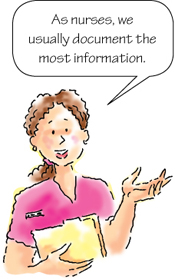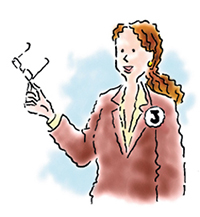Table of Contents
Landmarks
Just the facts

In this chapter, youll learn:
 the importance of documentation
the importance of documentation
 the components of a medical record
the components of a medical record
 types of medical records.
types of medical records.
Documentation is the process of creating a record of information. When associated with nursing, accurate, detailed documentation shows evidence of the extent and quality of the patient care youve provided, the outcome of that care, and treatment and education that the patient received, understood, and still needs.
Documentation is a vital communication tool among health care team members. Commonly, decisions, actions, and revisions related to the patients plan of care are based on documentation from multidisciplinary team members. A well-documented medical record demonstrates a high degree of collaboration among health care team members.
The information thats documented by health care team members must be easily retrievable, legible, and comprehensible because a patients medical record may be read by a wide audience, including:
other members of the health care team
reviewers from accrediting, certifying, and licensing organizations
performance-improvement monitors
peer reviewers
Medicare and insurance company reviewers
researchers and teachers
lawyers and judges.
One of the most compelling reasons for you to develop good documentation practices and skills is to provide proof that youve fulfilled your professional responsibility by meeting the standards of care.
In the past, documentation consisted of cursory observations, such as the patient ate well or the patient slept poorly . The chief purpose of this type of documentation was to show that the practitioners orders and the facilitys policies had been followed and that the patient had received the proper care.
In the 19th century, the British nurse Florence Nightingale paved the way for modern nursing documentation. In the book, Notes on Nursing , she stressed the importance of training nurses to gather patient information in a clear, concise, organized manner. As her theories gained acceptance, nurses perceptions and observations about patient care gained credence and respect. More than a century later, in the 1970s, nurses began creating their own vocabulary for documentation based on nursing diagnoses.
Accurate nursing documentation is important for many reasons:
1. It provides communication among multidisciplinary care professionals.
2. Its used as a measure for evaluating appropriate actions.
3. It provides legal evidence that can protect you.
4. It aids research and education.
5. It assists facilities in obtaining and maintaining accreditation and licensure.
6. It justifies reimbursement requests.
7. It identifies the need for improvement in the quality or delivery of care.
8. It indicates compliance with the state nurse practice act.
9. It establishes professional accountability.
Patients are cared for by a multidisciplinary team, many of whom work different shifts. This creates an inability to speak directly with each other regarding the patients condition or plan of care. The patients medical record is the main source of information and communication among nurses, practitioners, respiratory and physical therapists, social workers, pharmacists, and other caregivers. Today, nurses are commonly considered managers of care as well as practitioners and usually document the most information. However, being able to access documentation of all health care team members presents a more complete picture of the patients care, progress, and needs.
As health care facilities continue to streamline and redesign care delivery systems, tasks that were historically performed by nurses now may be assigned to multiskilled workers. To deliver highly specialized care, each caregiver must provide accurate, thorough information and be able to interpret what others have documented to evaluate and plan future patient care.
When health care is evaluated by administration, reviewers, insurance companies, Medicare representatives, lawyers, or judges, accurate nursing documentation is one way to prove that youre providing high-quality and accurate care. Its also a record of your patients response to your care and any adjustments made to individualize the plan of care.
On the legal side, accurate documentation confirms that the care you provide meets the patients needs and expressed wishes. It also proves that youre following the accepted standards of nursing care mandated by the law, your profession, and your health care facility.
Accurate documentation communicates crucial clinical information to caregivers so they make fewer errors. How and what you document can determine whether you or your employer wins or loses a legal dispute. Medical records are used as evidence in cases involving disability, personal injury, death, and mental competency. Documentation is the pivotal issue in many malpractice cases.
Documentation also provides data for research and continuing education. For example, researchers and nurse-educators may study medical records to determine the effectiveness of care or care systems. Their scrutiny may also reveal ways to improve documentation, such as by revising existing electronic documentation systems or creating specific forms for specialized documentation. The need for simple, accurate point-of-care documentation encourages researchers to develop new technologies to improve communication between health care providers, improve patient safety, and optimize a nurses time.
Researchers also review individual medical records to gauge how patient teaching affects compliance and outcomes. As a result, they may identify the need for patient education materials or methods that are more effective.
For a facility to obtain and maintain accreditation, caregivers must document care that reflects the standards set by national organizations, such as the Centers for Medicare & Medicaid Services and The Joint Commission. Some states also require facilities to be licensed; licensing laws, in turn, require each facility to establish policies and procedures for operation. (See , for more information.)

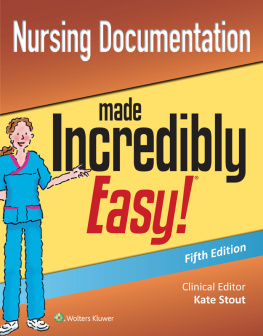

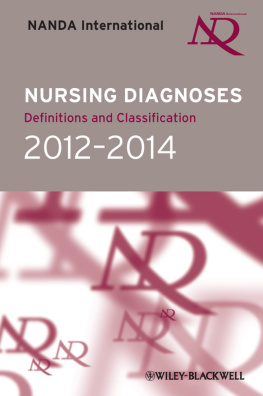
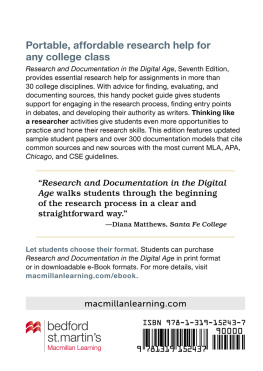

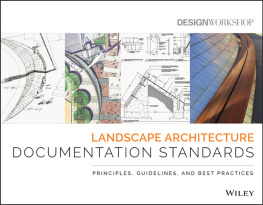
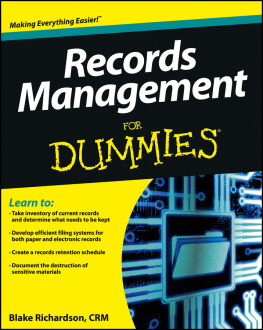

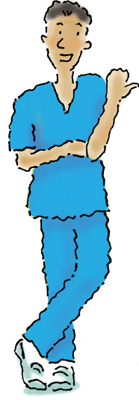

 the importance of documentation
the importance of documentation

